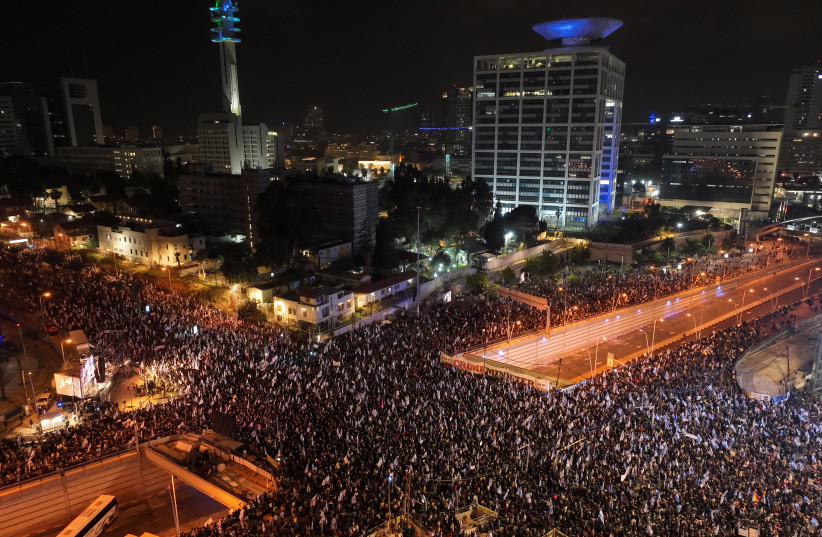
BP’s Shift ‘Back To Petroleum’ Prods Consideration Of A Climate Oil Price Cap – OpEd
By IPS
By Philippe Benoit*
BP, the oil company that previously brought us “Beyond Petroleum” and more recently robust corporate climate goals, has announced a return in emphasis to its traditional business of producing oil. Drawn by the inescapable appeal of oil’s latest high profits, has BP rebranded itself as “Back to Petroleum?”
This type of shift highlights the importance of stronger market incentives for reducing emissions so that companies interested in decarbonizing see their financial interest align with that course. BP’s recent journey points to the need for instruments that influence profits specifically, and notably reconsideration of the controversial price control tool: a climate-driven price cap on oil.
BP has consistently been a forward-leaning company among its peers on climate. As early as 2002, then CEO Lord Browne rebranded BP as it sought “to reinvent the energy business: to go beyond petroleum.” However, various financial pressures, including the Deepwater Horizon spill, subsequently moved the company away from its non-petroleum businesses.
But in August 2020, BP was back with a strengthened pivot to climate as the company announced a series of ambitious low-carbon targets.” This included a 40% production decline and a 10-fold increase in low-carbon investment over the next decade. BP also announced a groundbreaking target for Scope 3 emissions (namely, emissions from the consumption of its products by industry and other consumers).
Unfortunately, BP has now scaled back its climate ambition. Notably, rather than a 40% drop in production by 2030, BP now expects only a 25% decrease. Significantly, this shift has been made at a time of $28 billion in record corporate profits for BP, records also seen by other oil majors, such as ExxonMobil and Shell.
These record profits — driven in part by high gas prices resulting from Russia’s invasion of Ukraine — also point to a major vulnerability for any market-driven climate effort. With the lure of these type of returns from the traditional petroleum business, it is difficult to see or sustain financial motivation to shift away.
Indeed, as BP made clear in announcing its ambitious 2022 climate targets: “bp is committed to delivering attractive returns to shareholders” — and petroleum, with its upside, is uniquely placed to deliver the potential of a high return. So long as there are big profits to be made from oil, these companies will continue to be drawn to their petroleum activities, notwithstanding any stated desire to shift to renewables.
However, this also points to what needs to be a focus of an effective climate policy for oil: reducing its profitability. Over the years, think tanks, academics and others have put forward carbon pricing as the most efficient emissions reduction instrument, but this discourse has failed to deliver significant results in practice, especially when it comes to oil companies.
As emissions continue to rise and the carbon budget shrinks, the time has come to explore other solutions. One tool that merits consideration — more precisely, reconsideration — is a cap on oil prices.
This “climate oil price cap” would be designed to increase the relative profitability and so financial appeal of renewables by limiting the upside on oil activities specifically (something a customary windfall profits tax set at the corporate level wouldn’t accomplish). It would thereby support and encourage BP and other oil companies to transform themselves from a traditional petroleum company into an “integrated energy company” (BP’s own term), one that can generate significant profits from renewables and other low-carbon products relative to its petroleum activities.
Oil price controls are, of course, not new and have a checkered history (e.g., President Nixon’s effort in the US 50 years ago). But the climate emergency presents a new threat that merits re-examining this instrument. Importantly, a price cap could also help energy-importing developing countries, as well as vulnerable households there and elsewhere, avoid the harmful impact of the high oil prices experienced in 2022 (another potential advantage over a windfall profits tax ).
And there is now a precedent for this type of concerted purchaser action, namely the price cap on Russian oil agreed by the EU and US. It is also a tool that has drawn renewed attention in other contexts, including rethinking the framework governing gas prices to insulate US consumers from the gasoline price surges driven by Russia’s invasion of Ukraine.
Any effort needs to consider the lessons from the failed efforts of the past. For example, the cap should be set at a sufficient level to attract the desired supply – including to energy-importing developing countries — even as it precludes the type of record profits the oil industry saw last year. It should also build on the experience with the current Russian price cap.
While, admittedly today there isn’t sufficient support for aggressive climate policies, the prospect for strong action will likely increase over time as heat waves, flooding and other extreme weather events wreak havoc exacerbated by climate change. This in turn can be expected to increase the willingness of politicians and policymakers to be more ambitious down the road in taking climate action.
In anticipation of this changing landscape, creative options beyond traditional carbon pricing mechanisms should be explored and put before these decision-makers by think tanks, academics and others.
In this regard, the combination of BP’s recent record profits and shift in corporate policy points to the appropriateness of considering a price cap on oil as a possible tool to fight climate change by improving the relative profitability of low-carbon investments.
*Philippe Benoit has over 20 years of experience working on international energy, development and sustainability issues. He is currently research director at Global Infrastructure Analytics and Sustainability 2050.







